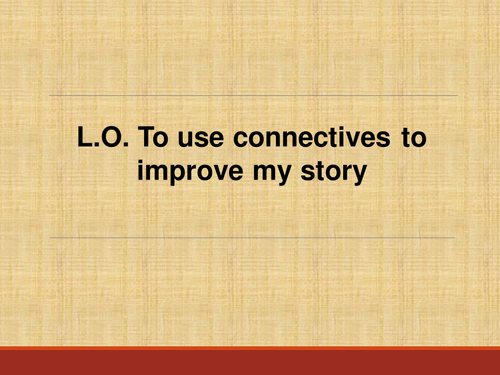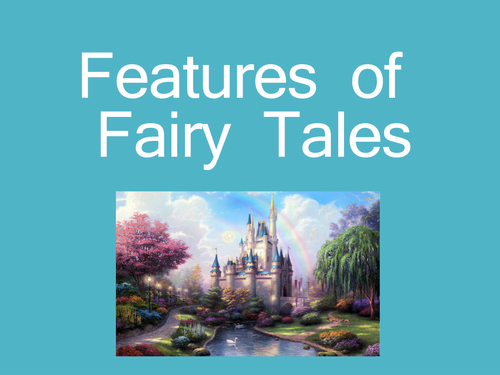Found a great job's Shop
Hi, I've been teaching throughout KS2 since 1997 and have always received outstanding feedback from Heads and SLTs, inspectors, colleagues and parents. Please have a look at my varied resources, and if you like them, please take a moment to leave me a good review. Thank you!





















